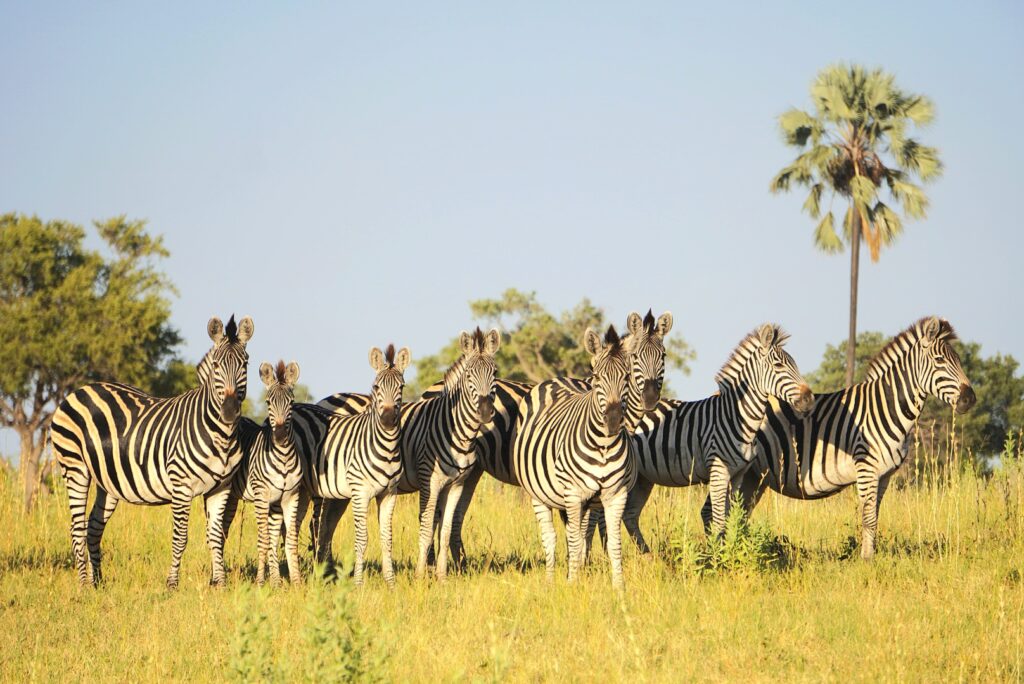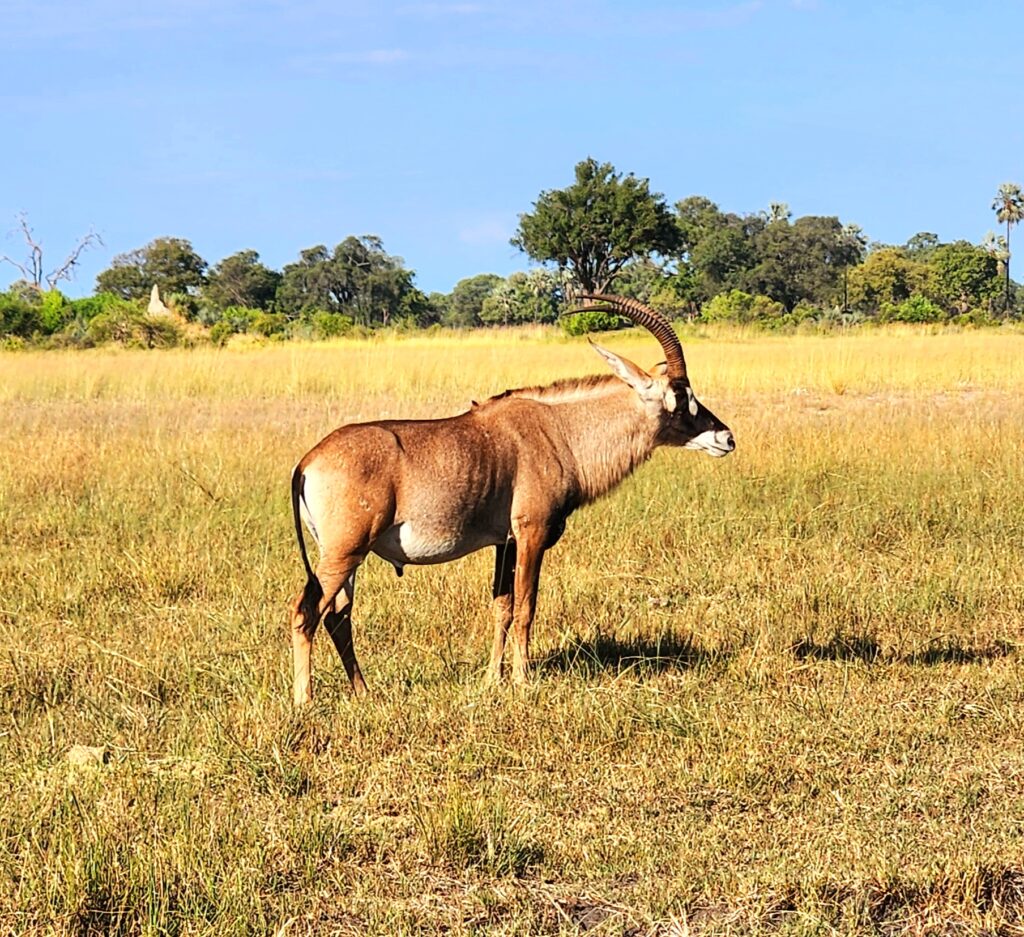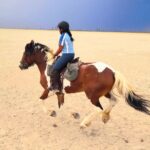
Get Ready to Explore Botswana’s Natural Beauty
Why visit Botswana?
Botswana is an amazing safari destination and the Okavango Delta is a UNESCO World Heritage site known for its healthy elephant population. There were herds everywhere, sometimes groups were 40+ individuals! I could see them from my tent or from the plane flying to camp! Up close unique encounters is something I was what I really looking for from this trip.
Here are some things you should know as you start planning your trip.

Botswana landscape:
Kalahari Desert covers over 70% of Botswana, and includes some of the top attractions like Okavango Delta, Makgadikgadi Salt Pans, Chobe National Park. I planned to go during the rainy season, but it actually was very hot and dry, which also made for excellent wildlife viewing – you could find a lot near the watering holes. A drought of this scale had not been seen in Botswana for 30+ years.
Getting to Botswana:
Botswana is pretty far from where I live, near Los Angeles International Airport. To get to Botswana, it took four separate flights there and four flights back. Los Angeles to Doha (~13 hours) to Johannesburg (~9 hours) to Maun (~2 hours) and then to the camp airstrip (~ 1 hour). On the way back it was similar, I just stopped in Istanbul instead of Doha. The plane from the Maun Airport to the camp airstrip is the smallest plane I have been on. It could fit only 8 people, had no bathrooms on board and flew below the clouds.

Most people come to Botswana and spend a few days at a couple of different camps. This is a good way see a variety of wildlife. The Maun Airport is the hub for these areas. A very small plane is used for transportation to camps. Camps either have their own airstrips or share one with a few camps.
I spent time in two camps: Macatoo in the Okavango Delta and Camp Kalahari in the Makgadikgadi Pans. I flew from Macatoo back to Maun Airport and then to Camp Kalahari.
You can visit Botswana anytime of the year. Normally peak season for Botswana is June-September. Temperatures are all around cooler during this time and the delta is flooded. It is significantly more expensive then, however. I was there in late March, it was supposed to be the rainy season. Instead, sadly, there was an extreme drought. Temperatures were high – high 80s and low 90s F. It made it easier to find wildlife, however.

Health:
For U.S. -based travelers, CDC has recommendations for vaccines and health safety for Botswana here. I always check this first, but CDC usually recommends a lot! For Botswana, it was a bit overwhelming so I consulted with my doctor. I decided to get vaccines for Hep A/B, Polio, Typhoid, Yellow Fever, and Malaria pills. I had some of these vaccines as a young kid. For full immunity, it was still recommended to have one vaccine as an adult (for polio). I went to the Walgreens Pharmacy because some of the vaccines were not offered by my doctor. Some were not covered by insurance, so I paid out of pocket.
My doctor did recommend the rabies vaccine. I opted out mainly because it was very expensive and not covered by insurance. Yellow Fever and Typhoid are available live, which means those are more effective than non-live vaccines and last longer. My Yellow Fever card is valid for 10 years.
Sadly vaccines have become politicized. You and your doctor should discuss what’s best for you. However, health and safety are NOT things I am willing to skimp on.

Technology:
Most people visit Botswana for a safari – as such you will be in a remote wilderness area with limited Internet access. Camps will usually have WiFi available during certain hours and in a specific location of the camp (likely not in your tent). The connection is very limited and slow.
You will also need an adapter to charge your camera and other devices. I highly recommend bringing additional batteries and memory cards for your camera. Speaking for myself, I brought three batteries for my Sony alpha 6100 camera and ended up completely using two of them. I brought a solar powered charger too just in case but I did not end up using this.
Tipping
On a safari camp, there’s a general tip fund. This includes most staff at the camps, housekeeping, kitchen etc. This tip does not include your primary guide. This tip you give directly to your lead guide. It is customary to tip USD $10-20 per day for the general staff tips, and again the same for the lead guide. This felt low to me so I did a bit more because the guides and staff really were wonderful!

Some useful info
- Gifts: Oddly, one thing I struggled with was gift shopping. There was nowhere to find some basic souvenirs for family and friends back home, not at the camps. The Maun Airport was very small, there were some shops right outside the airport, but those had mostly bigger items, fabrics, paintings, photography, sculptures, some jewelry. I couldn’t find anything that said Botswana, or Okavango Delta…even something small like a cap or fridge magnet. After the Maun Airport, the Johannesburg Airport had plenty of gift shops, but everything said South Africa on it.
- Timing: Going during the off season is a great way to save money and still have a great experience! That’s what I did, and have no regrets! It is very hot (low 90s F), as the off season is summer. Also come prepared with lightweight clothing, sun protection, hats. Camps provide filtered water safe for foreigners to drink.





One Comment
Pingback: